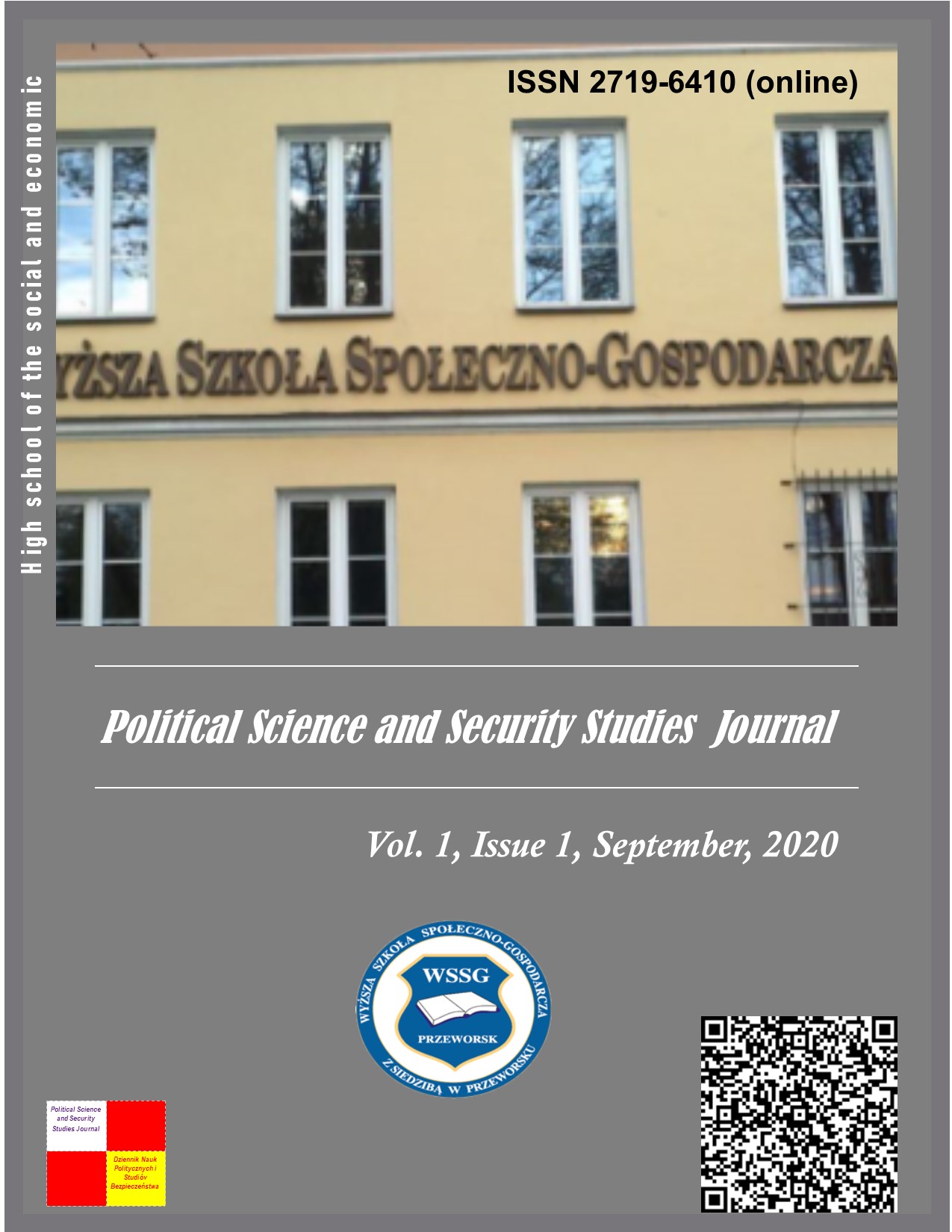Development of the defense and industrial complex on the basis of Industry 4.0
DOI:
https://doi.org/10.5281/zenodo.4310124Keywords:
Industry 4.0, defense-industrial complex, industrial enterprisesAbstract
The purpose of the article is to study the peculiarities of the development of the defense-industrial complex on the basis of Industry 4.0. This study identifies the main trends of the Fourth Industrial Revolution (Industry 4.0) and the possibility of implementation at the enterprises of the defense industry. The concept of “Industry 4.0” covers modern technologies related to automation, data exchange and production. The tools of Industry 4.0 are digital technologies: big data; quantum technologies; robotics and sensor components; neurotechnology and artificial intelligence; new production technologies; industrial Internet of the Things (IoT); distributed registry systems; wireless communication technologies; virtual and augmented reality technologies. Industry 4.0 leads to the mass introduction of cyberphysical systems in production, to the automation of most production processes, the endowment of devices with artificial intelligence and the introduction of modern technologies. The vast majority of enterprises of the defense-industrial complex of Ukraine are at the level of automation, based on the technologies of Industry 3.0 and even Industry 2.0. It is advisable to continue this integration using the principles of Industry 4.0 and, thus, to make a "digital leap" in the creation of modern weapons. Today, robotic complexes, electronic devices, elements of artificial intelligence, industrial Internet of the Things technologies, and smart factories have been properly developed.
Downloads
References
CLAIMS Direct platform. URL: https://www.ificlaims.com/about.htm
Foresight 2018: Analysis of training and retraining of natural and technical specialists, based on the goals of sustainable socio-economic development of Ukraine until 2025. (2018). Kyiv. 32 р.
Kalita P. (2016). Ukraine and the Fourth Industrial Revolution: Threats and Opportunities. Mirror of the week. № 43-44, 19.11-25.11 2016.
Matyushenko I. (2017). Prospects for the development of convergent technologies in the world and Ukraine to solve global problems: a monograph. Kharkiv. 448 p.
McKinsey (2017). What Shoppers Really Want from Personalized Marketing. URL: https://www.mckinsey.com/businessfunctions/%20 marketing-and-sales/our-insights/what-shoppers-really-want-frompersonalizedmarketing
MIT management. URL: https://mitsloan.mit. edu/
Patent Classification Size & Growth (2019). URL: https://www.ificlaims.com/2019-tech-graph. htm
Schwab K. (2015). The Fourth Industrial Revolution: what it means, how to respond, URL: https://www.foreignaffairs.com/ articles/2015-12-12/fourth-industrial-revolution
Securing the future of German manufacturing industry. Recommendations for implementing the strategic initiative INDUSTRIE 4.0. Finalreport. The Industry 4.0. Working Group; National Academy of Science and Engineering. 2011. 80 p.
Svitlana Bondarenko, Olena Makoveieva, Viktoriia Niziaieva, Anna Vorona. High-tech manufacturing as a determinant of the economic development. Social development & Security, Vol. 10, No. 1, – 2020. Р. 101-112.
Svіtlana Bondarenko, Iryna Liganenko, Viktoriya Mykytenko. Transformation of public administration in digital conditions: world experience, prospects of Ukraine. Social development & Security, Vol. 10, No. 2, – 2020. Р. 76-89.
Ten Fast Growing Technologies (2019). URL: https://www.ificlaims.com/2019-tech-slideshow.htm
Что такое Индустрия 4.0? Цифры и факты. URL: http://holzex.ru/chto/takoe/industriya /4/0/tsifryi/i/faktyi/
Шварцкопф Т. (2015) Индустрия 4.0 – стратегия поддержки инновационной промышленности в федеральной земле Северный Рейн-Вестфалия. Возможности для международных компаний. URL: www.kvs.spb.ru/ userfiles/003.pdf
Published
How to Cite
Issue
Section
License
The authors agree with the following conditions:
1. Authors retain copyright and grant the journal right of first publication (Download agreement) with the work simultaneously licensed under a Creative Commons Attribution License that allows others to share the work with an acknowledgment of the work's authorship and initial publication in this journal.
2. Authors have the right to complete individual additional agreements for the non-exclusive spreading of the journal’s published version of the work (for example, to post work in the electronic repository of the institution or to publish it as part of a monograph), with the reference to the first publication of the work in this journal.
3. Journal’s politics allows and encourages the placement on the Internet (for example, in the repositories of institutions, personal websites, SSRN, ResearchGate, MPRA, SSOAR, etc.) manuscript of the work by the authors, before and during the process of viewing it by this journal, because it can lead to a productive research discussion and positively affect the efficiency and dynamics of citing the published work (see The Effect of Open Access).















